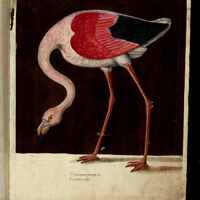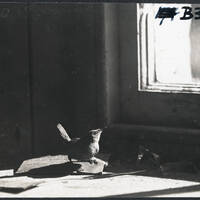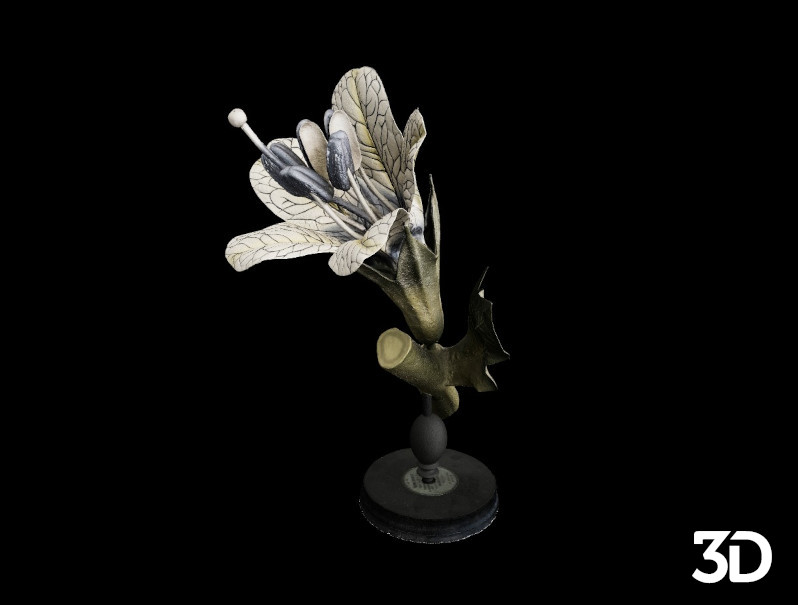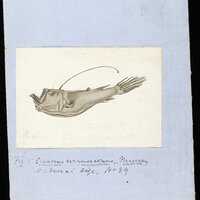Unveiling the Environmental Heritage of University Museums
Environment and Art





University collections show the close relationship between art and science. Art can be an important dissemination tool for scientific knowledge and at the same time research activities can be a source of inspiration for artists. For example, in the sixteenth century, while geographical discoveries were revealing natural wonders impossible to find in Europe, Ulisse Aldrovandi (1522-1605) commissioned well-known artists to depict plants and animals from around the world for his books on natural history. The ability to make detailed drawings such as the devil fish displayed below (1870s), was for a long time an essential competence of participants in scientific expeditions. Since the nineteenth century, photographs have progressively taken the place of drawings in fieldwork studies. Take for instance the 1938 photographs that depicts the rewilding of the island of St. Kilda. Similarly, finely crafted models played an important role in teaching and research prior to the introduction of technologies such as digital modelling. At the same time scientific discoveries can become the subject of new artistic installations. The 'Ideas' installation on the University of Edinburgh's King's Building campus, for example, celebrates the University's legacy in expanding the human understanding of the natural world.




